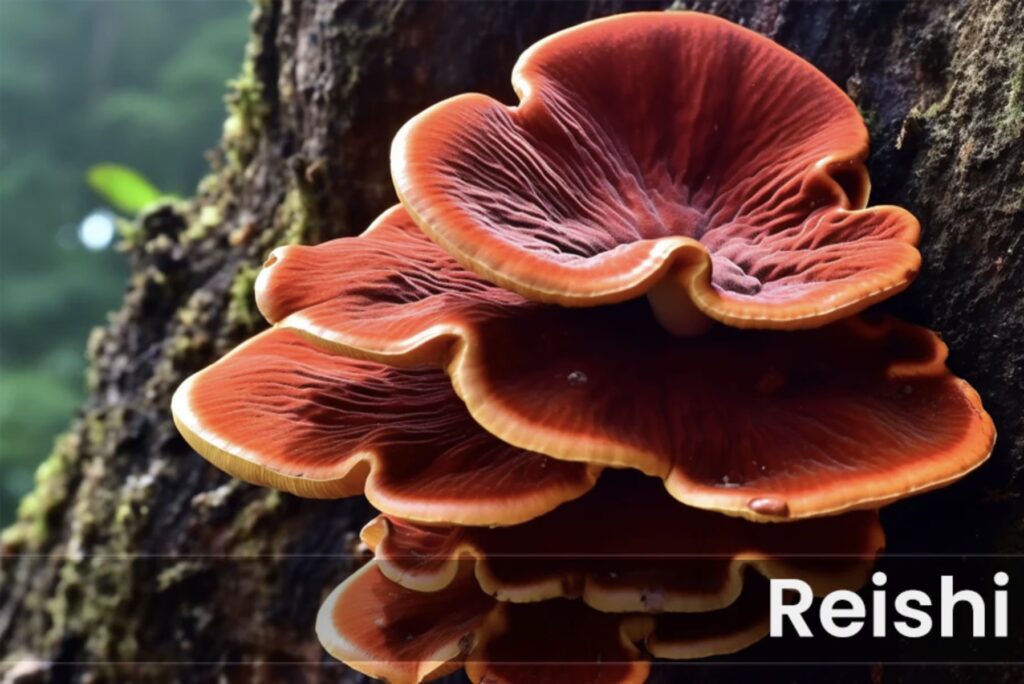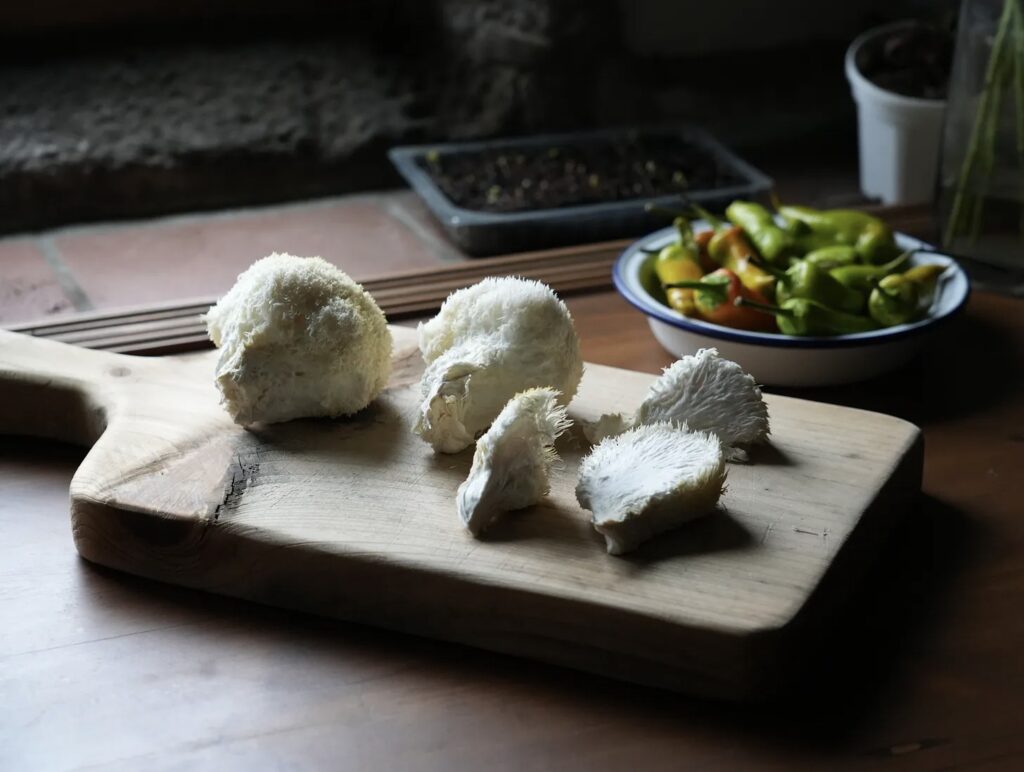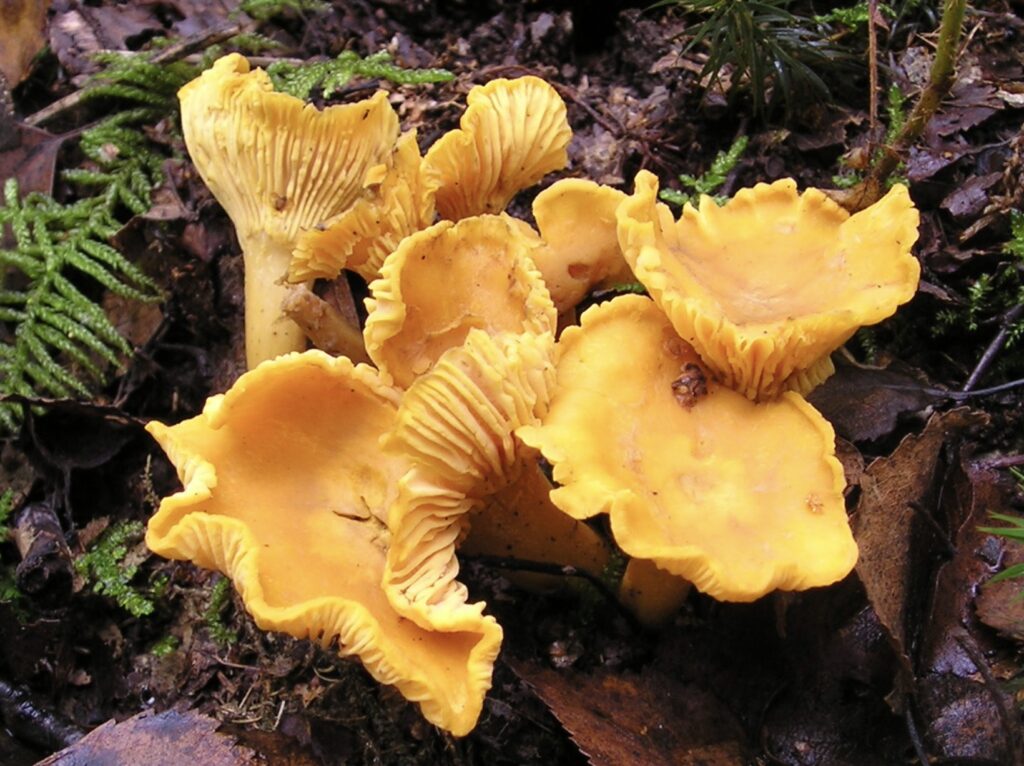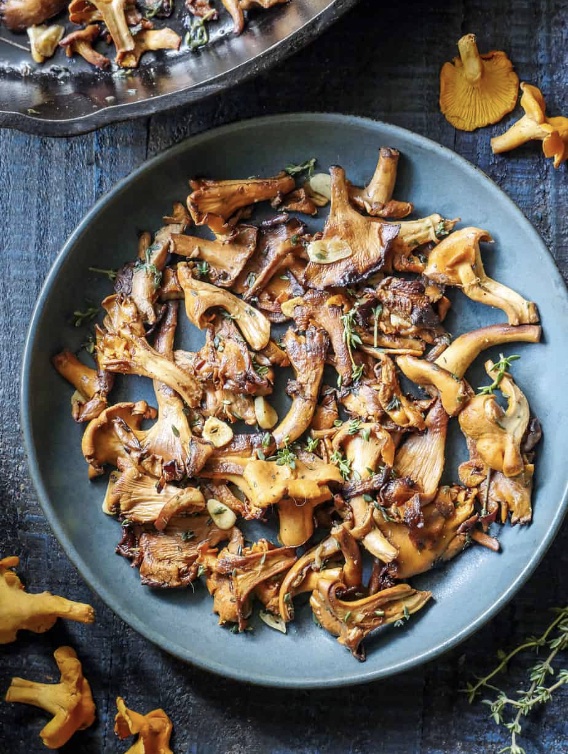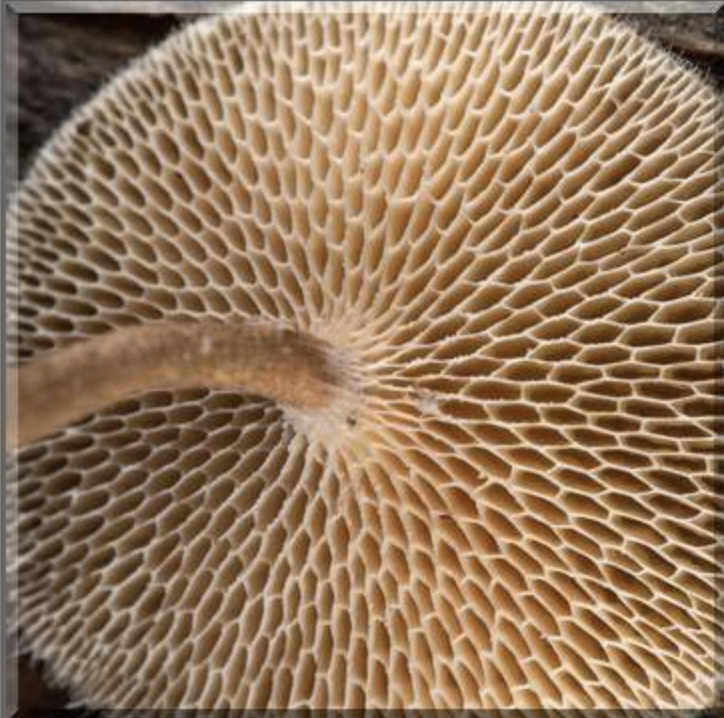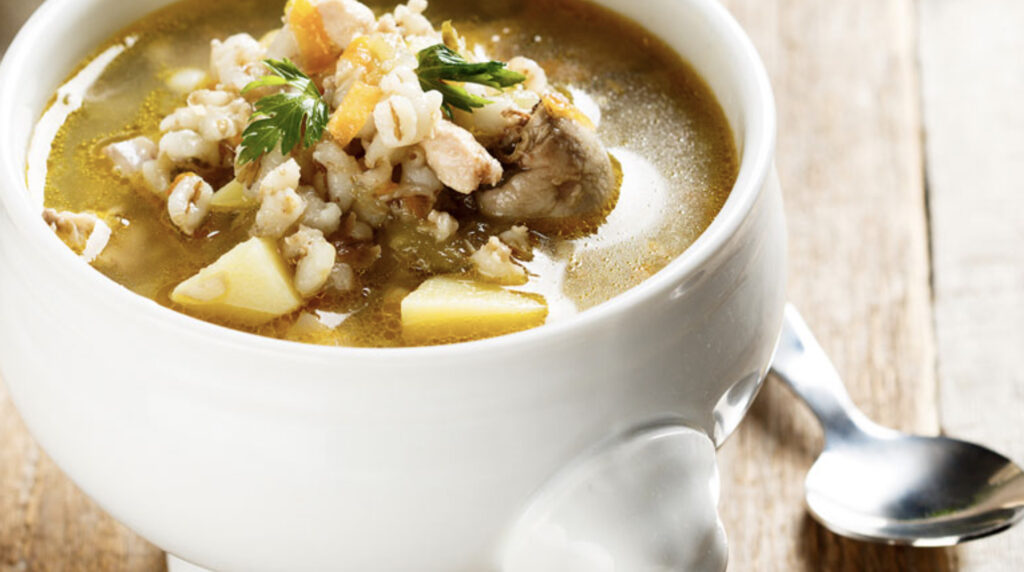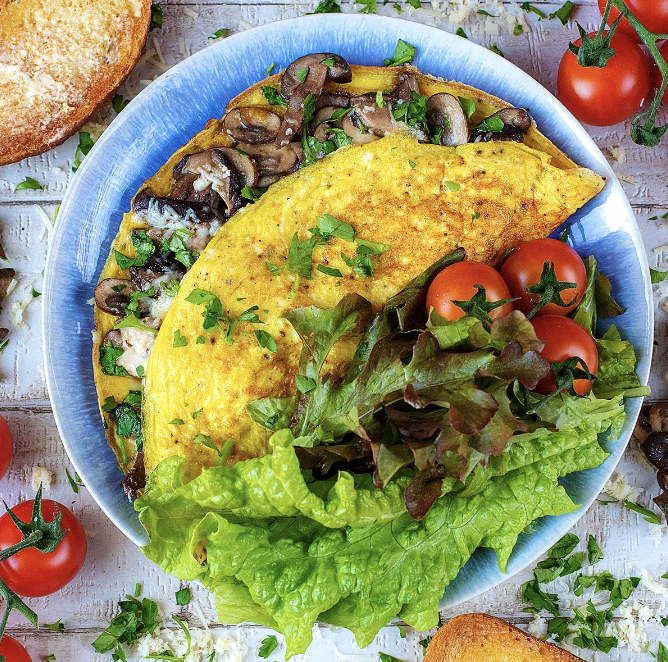Medicinal Magical Mushrooms: One of the Most Significant & Potent Foods-As-Medicine
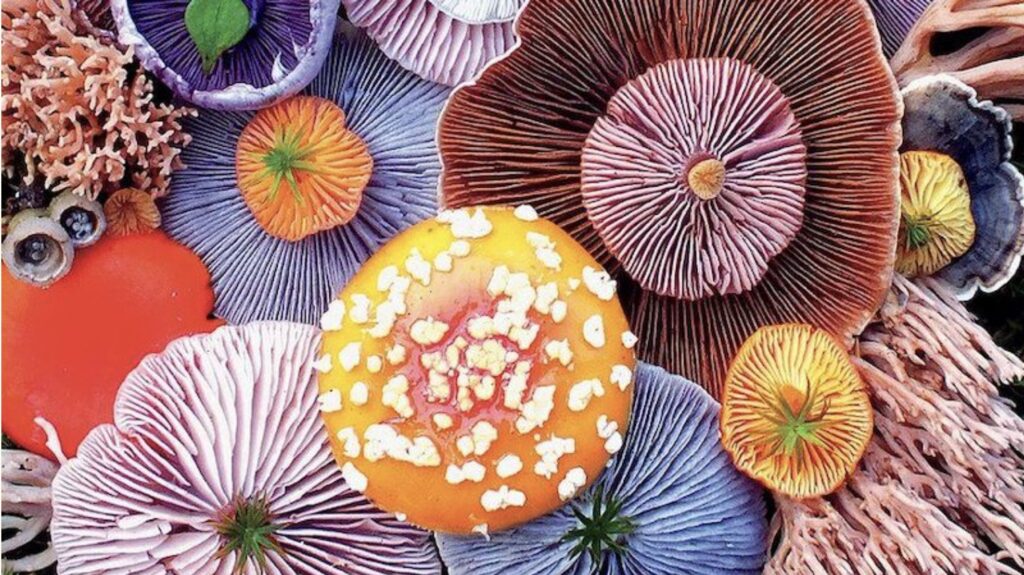
Compared to any other food or supplement, mushrooms’ health and healing benefits are spectacular and unique. And not only do they significantly boost your health, they are natural healers of the environment, too.
“Mushrooms possess antioxidant activity, anti-hypertensive activity, hypocholesterolemic activity, liver protection, as well as anti-inflammatory activity, anti-diabetic activity, anti-viral activity, and anti-microbial activity,” according to this scientific review of all studies to date.
“Mushrooms have been consumed since our earliest history. Ancient Greeks believed that mushrooms provided strength for warriors in battle. The Romans perceived them as the ‘Food of the Gods.’ For centuries, the Chinese culture has treasured mushrooms as a health food, an ‘elixir of life’,” according to this study, which is a great source for learning edible mushroom facts, function, and history.
Healing mushrooms may be edible – or not! If you look up each one, you’ll find which is which. You can buy the exotic, edible types at Farmer’s Markets, or specialty shops. While some healthy ones are safe, you wouldn’t want to eat them because they are bitter and tough. Those are consumed through capsules, extracts, sprays, powders, teas, and syrups, instead.
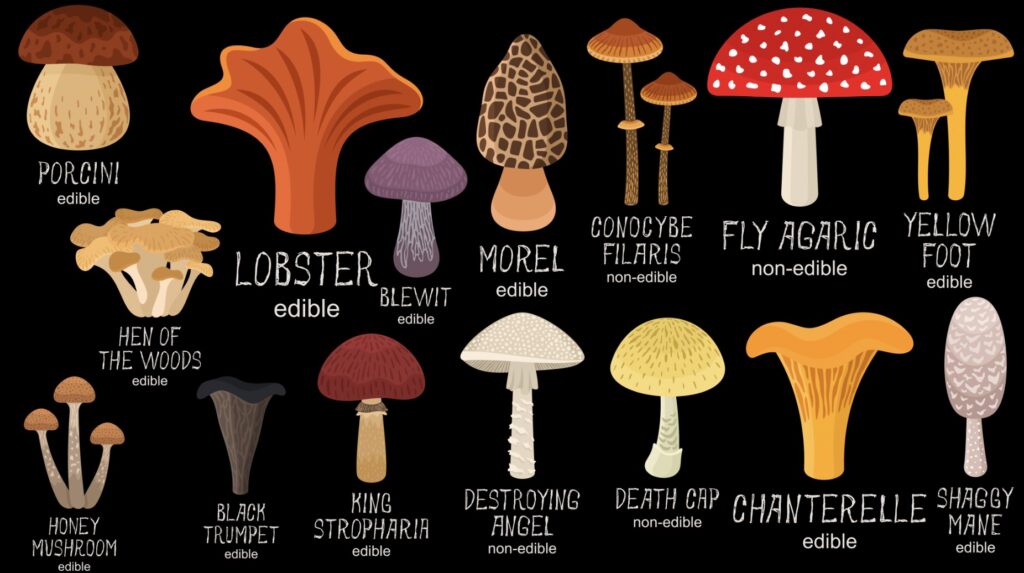
An ardent and renowned mycologist, and mushroom enthusiast for 30 years is Paul Staments. A big and burly Grizzly Adams of a man, he is a pioneer in the cultivation of edible and medicinal mushrooms, and is credited with the discovery of at least five new mushroom species. He’s been featured in scientific papers, and in the fascinating documentary, “Fantastic Fungi,” in which he and a host of scientists excite you – in stunning technicolor – about, well, fantastic fungi! I watched it, mesmerized, while suffering in my dentist’s chair! It’s a must-see for anyone interested in health or the environment.
Staments founded HostDefense.com, which has great information about various mushrooms’ health benefits, and where you can buy mushroom powders and supplements. He also founded Fungi.com, with products that help you grow your own mushrooms, go mushroom hunting, and buy identification guide books. You can even buy mushroom “grow kits” for beginners and those with more advanced experience. I’m experimenting with growing Reishi and Lion’s Mane mushrooms. They are two of the most beneficial mushrooms.
According to a recent study in the journal, Foods, Reishi Mushrooms boost the immune system. They have anti-viral effects, reduce inflammation, and oxidation, potentially reducing the risk for a host of illnesses, including infections, cancer, heart disease, and diabetes. Reishis tend to be tough and bitter, so they’re consumed in supplemental capsules, powders and teas. But just like any supplement, which are concentrated versions of a food or nutrient, they are not recommended in high doses. Eating whole foods is always ideal, but since Reishis aren’t really edible, and supplements provide a concentrated version, be careful not to overdo.
Lion’s Mane may regenerate nerves and enhance brain activity, thus improving memory and other nervous disorders. Luckily, they are edible, and sought after as a culinary delicacy.
While mushrooms have been used medicinally for centuries in the Far East, scientific research on their specific nutrients and benefits is in the early stages in the West. Initial studies are promising, with many benefits already established and recognized by the scientific community.
In Sweden, my home country, mushroom foraging is a national past time. The most desired mushroom there is the chanterelle.
We find their golden clusters in the vast forests, then we run home with our brimming baskets and sauté them. I’m sure they have a host of health benefits, but I don’t really care, because they’re just darn tasty!
Recipe: Find as many chanterelles as you can. Brush them to remove soil. Slice in quarters. If you wish, parboil them for a minute to remove dirt and (possibly) worms. Sauté in hot canola oil until golden brown. Add herbs like thyme or rosemary to the sauté. Sprinkle with salt and pepper. If you like, top with a little grated parmesan cheese. Et Voilà! We serve them on toast.
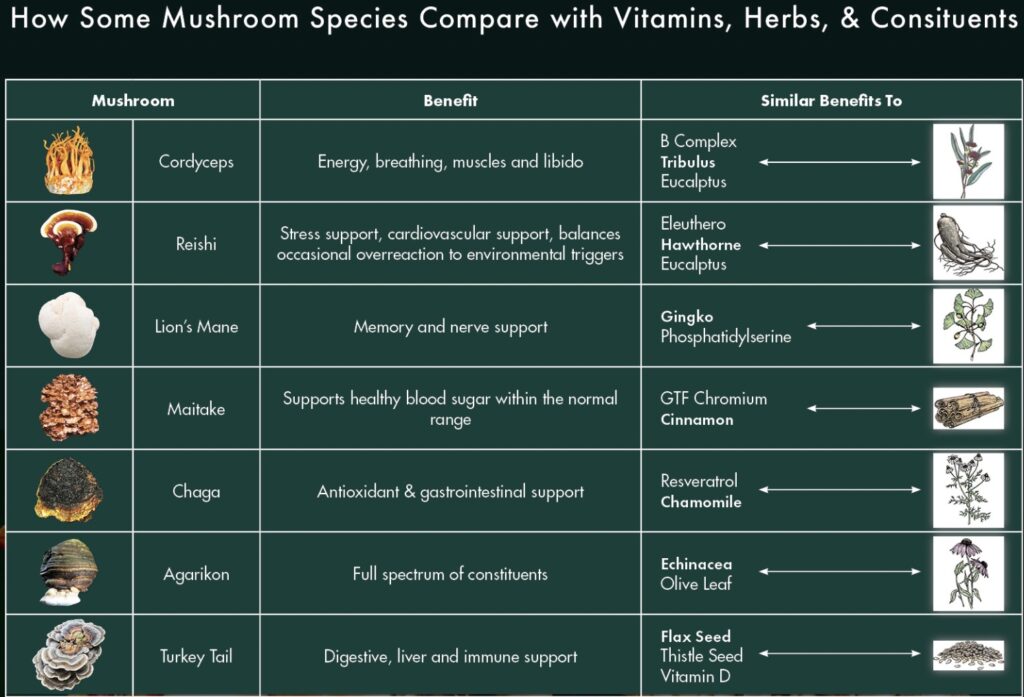
The following is a scientific chart of medicinal mushrooms’ extensive and established benefits.
(At the bottom of this chart, see * , and ** , to help us understand this chart’s terms and definitions better):
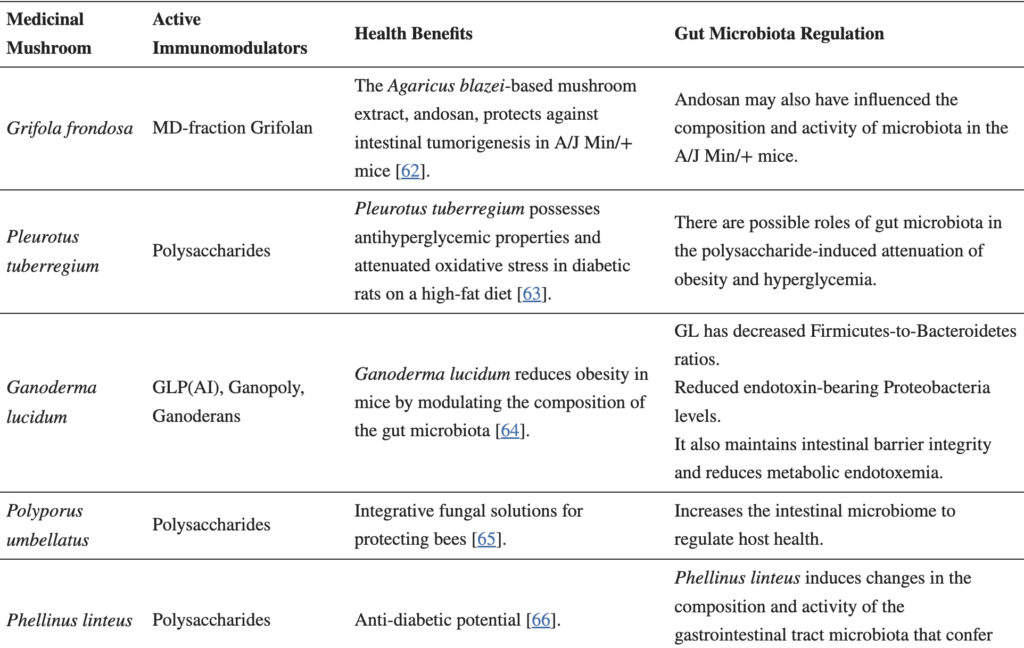
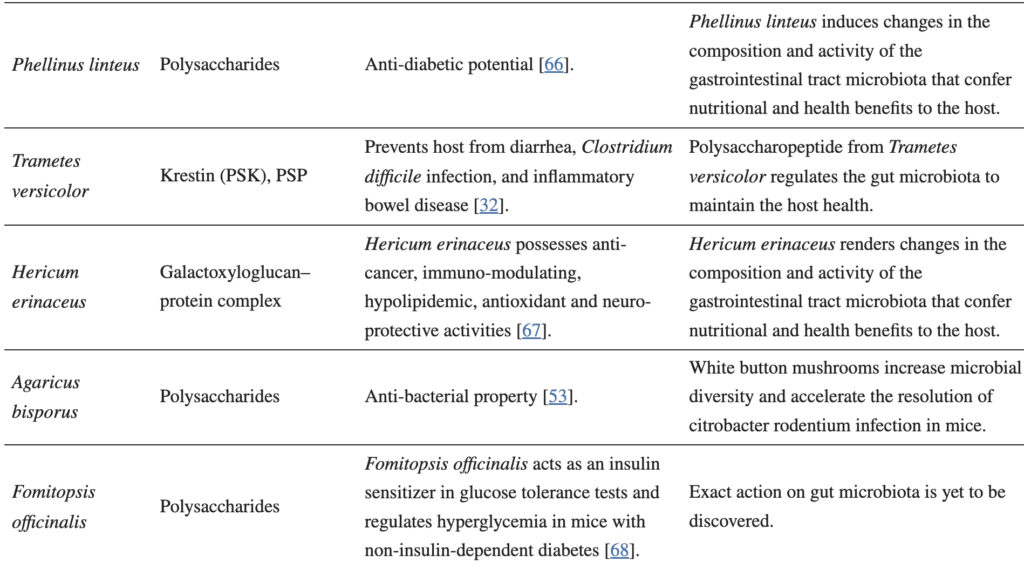
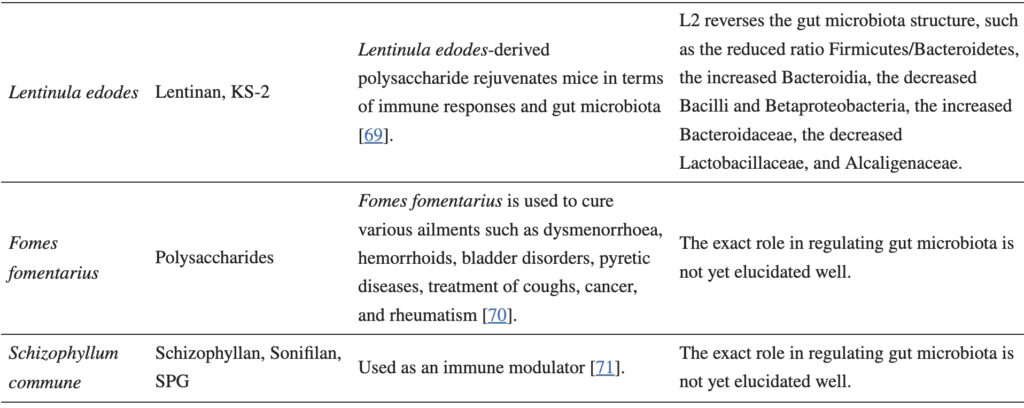
*To translate this chart, consider the “Host,” as YOU when it describes their health benefits of the gut’s microbiota. **Google the scientific name to get the mushroom’s name in English. For instance, “Grifola Frondosa” is “Hen-Of-The-Wood.” “Ganoderma Lingzhi” are “Reishi.”
Mushrooms Clean Up Pollution – Goodby Oil Spills, Plastics & Poisonous Drinking Water
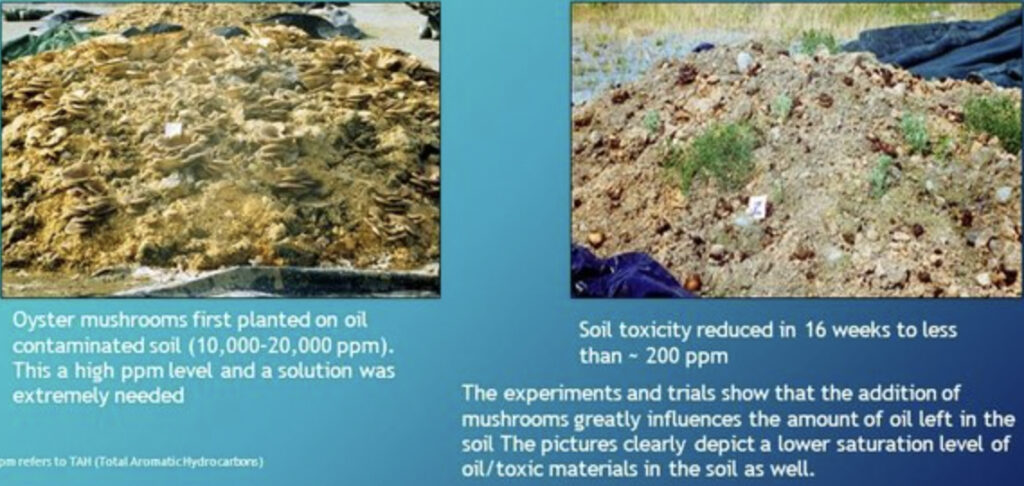
While my dentist was fitting me for three crowns (bad teeth genes), and while I was thankfully distracted from the drilling in my mouth, I learned how mushrooms can absorb and reduce pollutants. “More than 20% of global deaths can be traced to pollution-related health complications. Pollution impacts almost every aspect of our existence, the living, and nonliving components of the environment,” according to this review of plastic pollution. Mushrooms are remarkable, alien-like creatures. They even clean up oil spills!
Mushrooms are the perfect solution for so many reasons. They eliminate the need to transport toxic materials to treatment sites. They’re environmentally friendly, need only a small amount of space, and are a low cost solution. The work can be done with less skilled people, and can be used easily wherever needed.
Mushrooms are a simple tool for cleaning up the environment. Using mushrooms is a biological approach to “clean technologies,” which emphasizes maximum production, reduced waste generation, treatment, and conversion of waste into a useful forms. These clean technologies focus on the use of biological methods for the remediation of waste. Mushrooms improve the environment in a vast number of ways. They absorb like sponges, and their enzymes break down a wide range of environmentally persistent pollutants:
1) Plastic pollution has been a persistent and global problem for more than half a century. Various health conditions such as thyroid dysfunction, obesity, diabetes, and reproductive impairment have been attributed to plastic pollution, according to this review in Frontiers in Marine Science. Plastic pollution comes from synthetic fibers, paints & coatings, tire tread abrasion, cosmetic products, packaging, and more. According to some, we have become a plastic society.
2)2,4-Dichlorophenol (DCP), a pervasive pollutant, DCP is a deadly byproduct of improper disposal in the manufacture of various consumer products, drugs, pesticides, food additives, fuels, and industrial solvents. It’s found in water, air, and soil. Agricultural use of pesticides, insecticides, and herbicides are the main source of water pollution.
3) Oil spillages into the environment have become one of the biggest problems in the last century. It is notoriously resistant to clean up efforts, with oil spills, tank leakages, and waste water disposal the major sources, according to this review in 3Biotec. Oil pollution has been implicated with higher risks for asthma and other respiratory conditions. It weakens the immune system, causing a multitude of conditions, including a higher rate of various cancers, and poor pregnancy outcomes. This study, in Saudi Arabia, with its preponderance of crude oil pollution, found certain strains of mushrooms significantly degraded crude oil. The researchers found they helped preserve the environment and cleaned crude oil in the soil.
4) Healthier protein sources have been developed using mushrooms, with their naturally-occuring enzymes. They eliminate the need for environmentally and health damaging sources of food proteins, for instance, industrial animal farming. Mushrooms have a low cost of production, an abundant supply, and thousands of bioactive phytonutrients (phyto is Greek for plant), compounds beneficial for health.
Mushroom Recipes
Michel Richard’s Chicken, Mushroom and Barley Soup
excerpted from Diet Simple: 195 Mental Tricks, Substitutions, Habits & Inspirations
4 servings (or more if you add more mushrooms)
Nothing could be simpler or more delicate than this dish. The flavors are rich and earthy, and contain that elusive fifth flavor, umami. It contains all the elements of a complete meal. It’s nutritious and filling. I feel honored that Michel Richard provided this recipe for Diet Simple. It fits perfectly as something you can cook, store in the refrigerator and eat for several meals. A favorite of anyone who tastes it. Using my method for slicing the chicken, it will be delicate and moist, instead of dry, like most chicken breast dishes.
Ingredients:
2 Tbsp Canola Oil
2 Small Onions, Peeled and Diced
1 Pound Thinly Sliced Mushrooms
2 Quarts Unsalted Chicken Stock (defatted)
2 Tablespoons Light Soy Sauce
6 Tbsp Pearl Barley
4 Cloves Garlic, peeled and minced
Salt and Freshly Ground Black Pepper to taste
About 1 pound chicken, boned, skinned, and sliced thin (see instructions)
Heat the oil in a heavy, large saucepan over medium-low heat. Once the oil is jot, add the onion, cover, and cook until translucent, for about ten minutes – or more, while stirring occasionally. Add the mushrooms. Increase heat to medium-high and cook uncovered until lightly browned, for about five minutes, stirring occasionally. Add the chicken stock, soy sauce, barley and garlic. Simmer gently for about 45 minutes to cook barley and blend flavors. Season with salt and pepper. (This can be prepared ahead, cooled, covered and set aside at cool room temperature for up to four hours or refrigerated for several days.)
To make perfectly tender slices of chicken for your soup, put the chicken breast in the freezer. When it is half frozen, place it on a cutting board. Using a sharp knife, slice as thinly as you can – across the grain.
Once the vegetables and barley are cooked, turn off the heat. Toss in the thinly sliced chicken breast. It will be cooked throughout, and opaque, in less than a minute. Ladle into four or more soup plates.
Eggs Scrambled with Mushrooms, Onion, Garlic, and Sweet Cherry Tomatoes
This is a great meal for me any time of the day – quick, easy, and delicious
Servings: 1
Heat a teaspoon to tablespoon of canola oil in a shallow nonstick pan. Saute 1/4 chopped sweet onion and a smashed garlic clove over medium heat until almost soft. Add a handful of tomatoes to the pan (or any other vegetables you happen to have such as chopped spinach or peppers) and cook for another 5 minutes. In a separate bowl, whisk 2 eggs. Pour eggs into the pan containing the onion, garlic and tomato – add 1 ounce lite cheese (I love the Trader Joe’s. It melts beautifully and tastes even better). Stir continuously until eggs are cooked. Pour over toasted whole rye bread.
NOTE: Use canola oil instead of olive oil. Olive oil is more likely to burn. It also loses all of its nutrients when you cook with it. Save it for drizzling.



